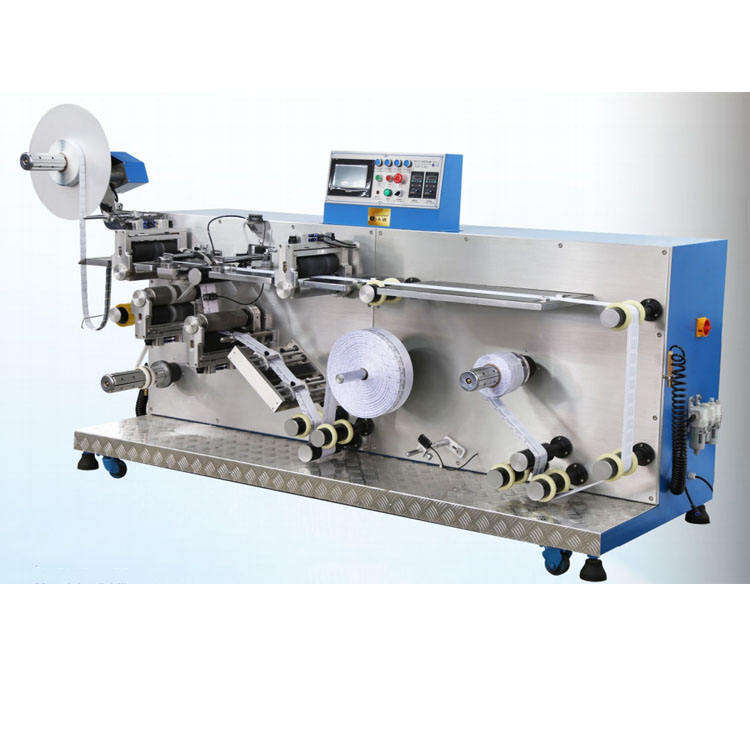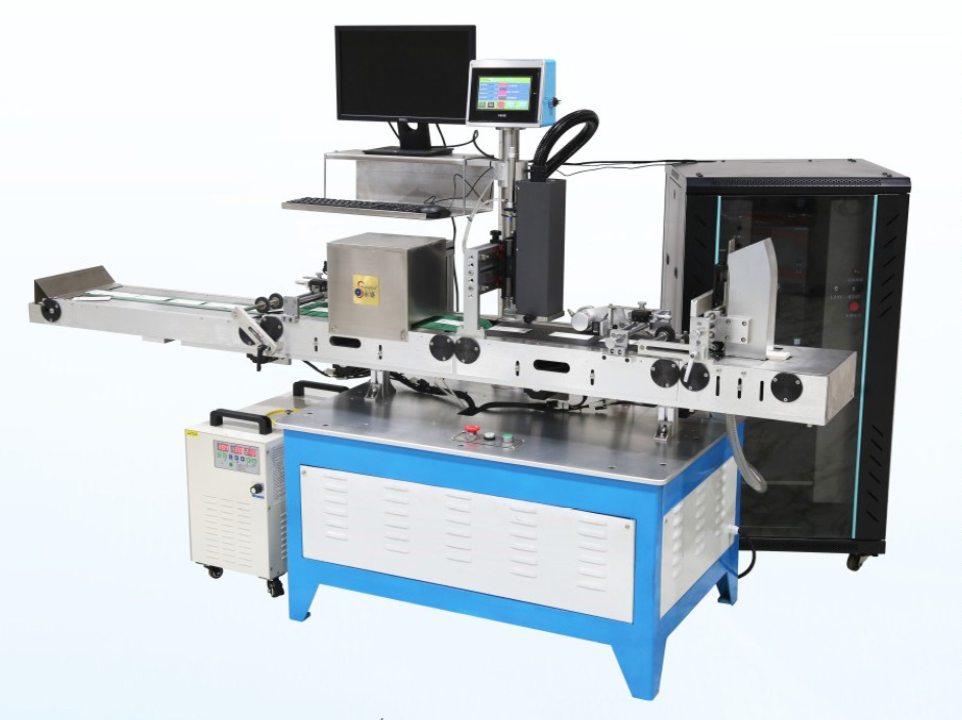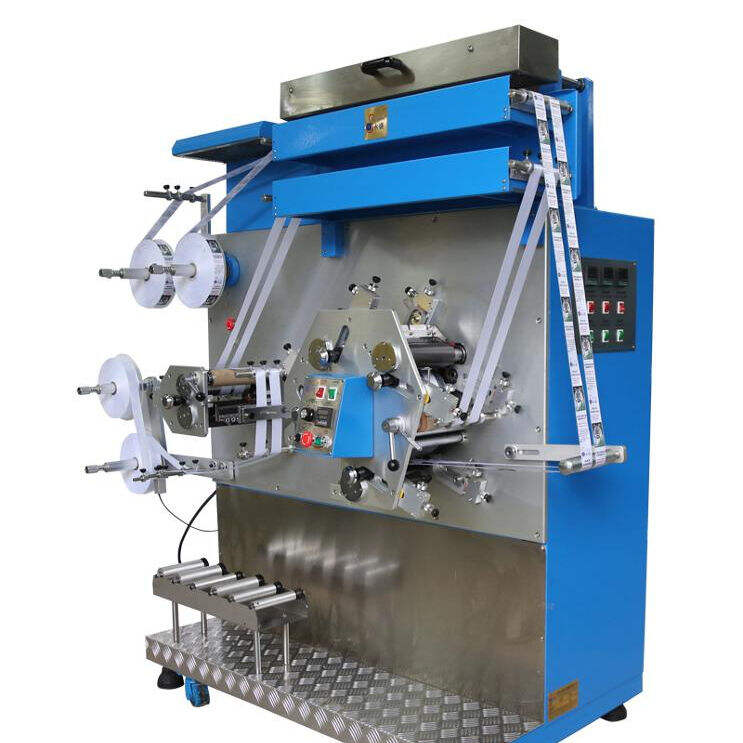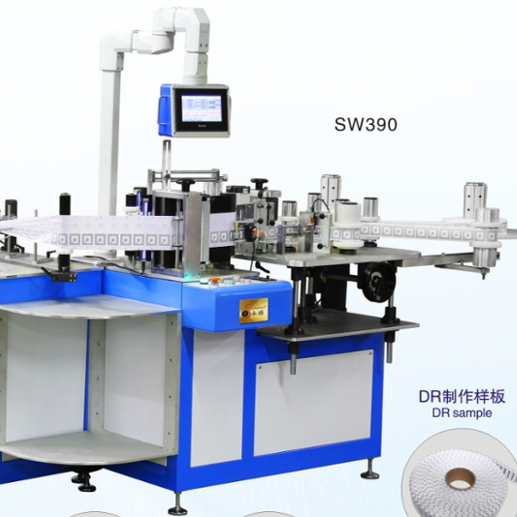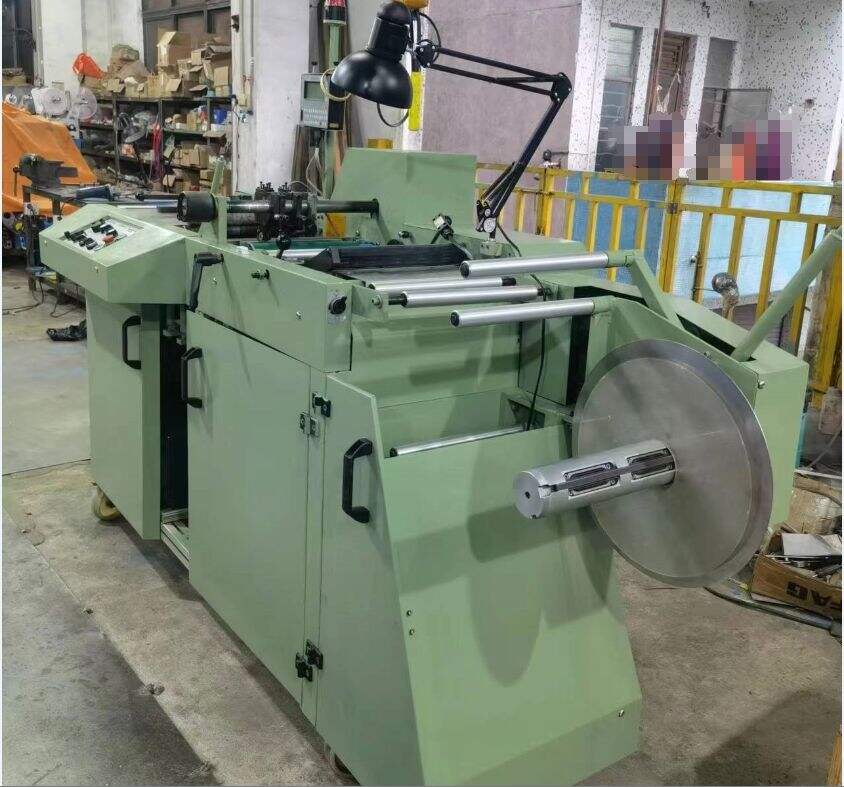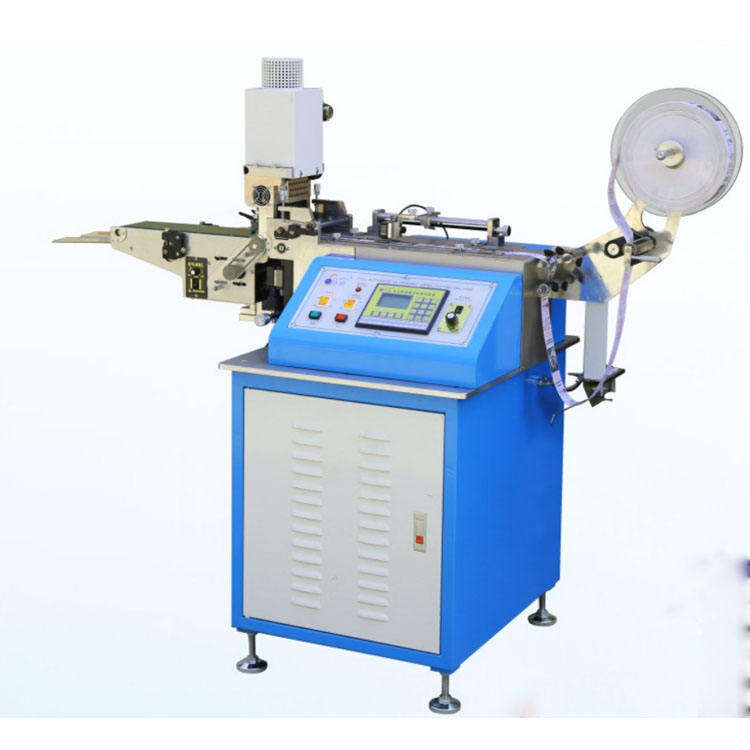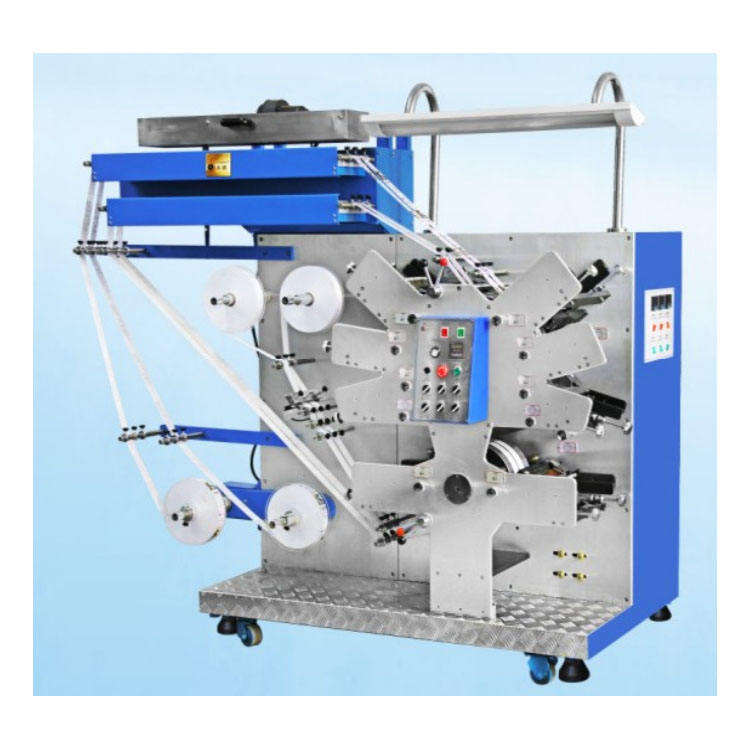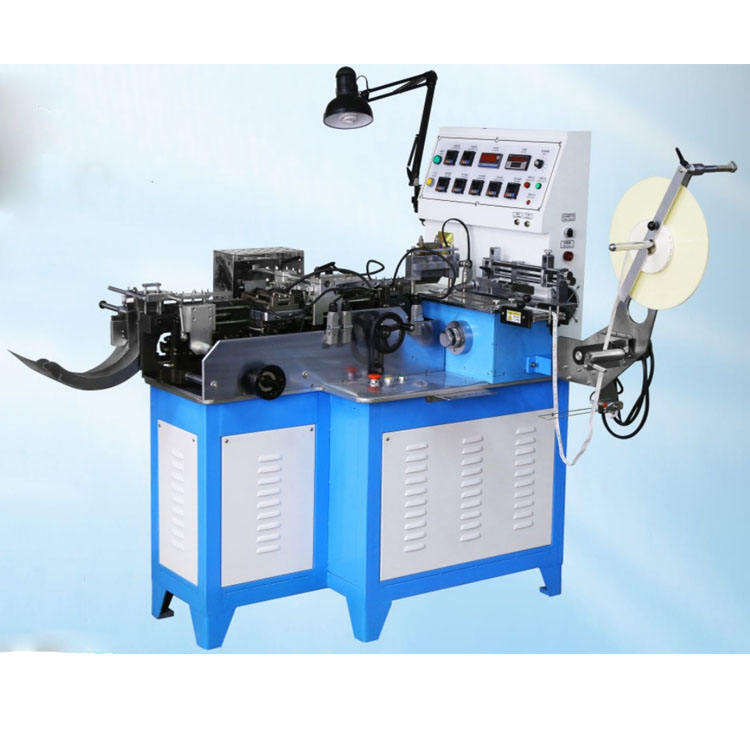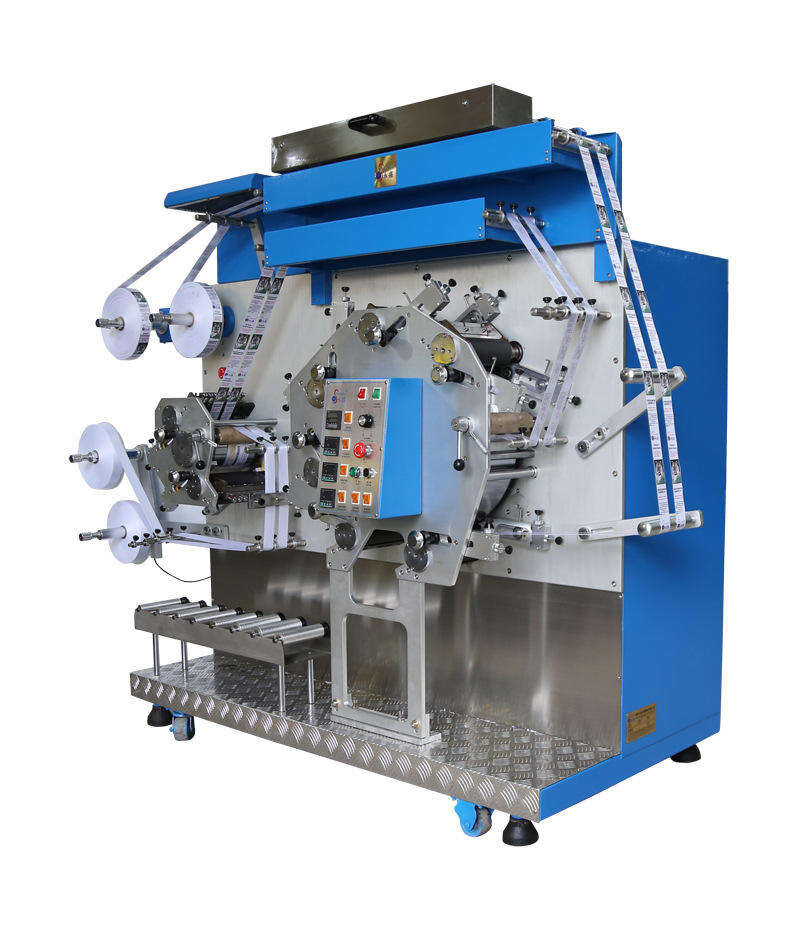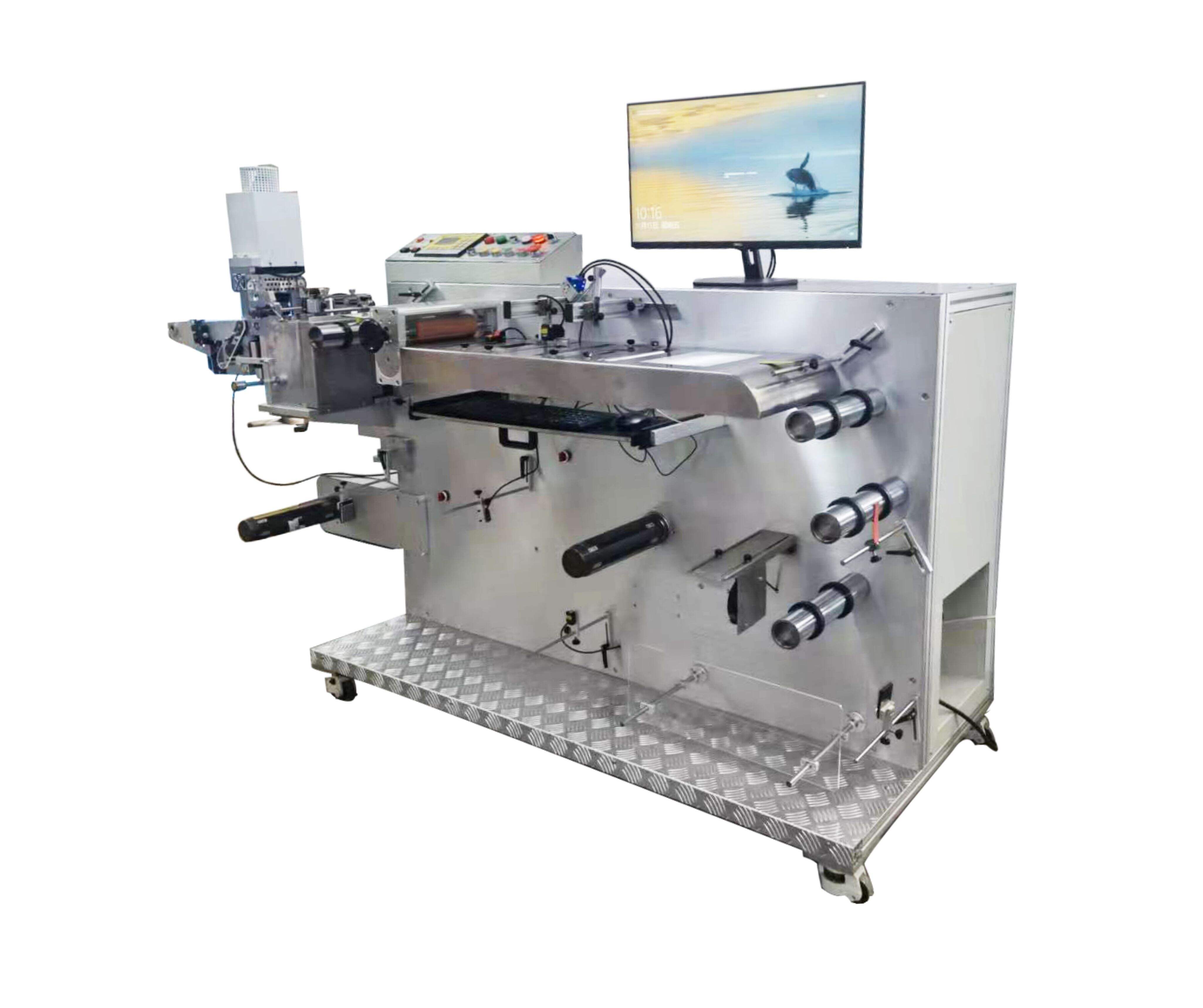Flexo Print Machine: How It Transforms Flexible Packaging Printing
The Revolutionary Impact of Flexographic Printing Technology
The packaging industry has witnessed a remarkable transformation with the advent of the flexo print machine. This versatile printing technology has revolutionized how manufacturers approach flexible packaging production, offering unprecedented precision, efficiency, and quality. From food packaging to consumer goods, flexographic printing has become the backbone of modern packaging solutions, delivering consistent results that meet the demanding standards of today's market.
As businesses increasingly recognize the importance of high-quality packaging in brand representation, the flexo print machine stands out as a cornerstone technology that combines speed, accuracy, and cost-effectiveness. Its ability to print on various substrates while maintaining exceptional quality has made it an indispensable tool in the packaging industry's evolution.
Core Components and Mechanics of Flexographic Printing
Essential Parts of a Flexo Print Machine
At the heart of every flexo print machine lies a sophisticated system of precisely engineered components. The printing plates, typically made from photopolymer or rubber materials, are mounted on plate cylinders that transfer ink onto the substrate. The anilox roller, a crucial element, controls ink distribution through microscopic cells etched into its surface, ensuring consistent ink transfer and print quality.
The impression cylinder provides the necessary pressure to transfer the image from the plate to the substrate, while the ink delivery system maintains optimal ink flow and viscosity. Modern flexo print machines also incorporate advanced doctor blade systems that precisely control ink metering, preventing excess ink application and ensuring clean, crisp prints.
Advanced Control Systems and Automation
Today's flexo print machine technology features sophisticated control systems that manage every aspect of the printing process. Automated registration systems maintain precise alignment between colors, while servo-driven motors ensure exact pressure control and consistent print quality. These advanced controls allow operators to make real-time adjustments and maintain tight tolerances throughout production runs.
Digital interfaces provide comprehensive monitoring and adjustment capabilities, enabling operators to optimize performance and troubleshoot issues quickly. Many modern systems also incorporate artificial intelligence and machine learning algorithms that can predict maintenance needs and automatically adjust printing parameters for optimal results.
Versatility in Substrate Handling
Material Compatibility and Adaptation
The flexo print machine demonstrates remarkable versatility in handling various substrate materials. From thin films and flexible plastics to paper and corrugated materials, flexographic printing adapts effectively to different surface characteristics. This adaptability makes it particularly valuable for packaging manufacturers who need to print on multiple substrate types without changing equipment.
Advanced tension control systems ensure smooth material handling throughout the printing process, while specialized coating applications enable optimal ink adhesion on challenging surfaces. The ability to quickly switch between different substrate types minimizes downtime and maximizes production efficiency.
Surface Treatment Technologies
Modern flexo print machines often incorporate surface treatment technologies that enhance print quality and ink adhesion. Corona treatment systems modify substrate surface tension, improving ink reception and adhesion. Plasma treatment options provide even more precise surface modification capabilities, enabling high-quality printing on traditionally challenging materials.
These treatment systems are fully integrated into the printing process, operating seamlessly with the main printing functions to ensure consistent results. The combination of surface treatment and precise ink control allows for exceptional print quality across a wide range of packaging materials.

Environmental and Efficiency Advantages
Sustainable Printing Solutions
The flexo print machine represents a significant advancement in sustainable printing technology. Modern systems utilize water-based and solvent-free inks that reduce environmental impact while maintaining excellent print quality. Energy-efficient components and waste reduction features further enhance the environmental benefits of flexographic printing.
Advanced ink recovery systems minimize ink waste, while precise control systems reduce substrate waste during setup and production. These sustainability features not only benefit the environment but also contribute to cost savings and improved operational efficiency.
Production Efficiency Optimization
Efficiency is a hallmark of modern flexo print machine design. Quick-change plate systems and automated setup procedures significantly reduce changeover times between jobs. Advanced waste reduction features and precise registration controls minimize material waste during startup and production.
Integration with workflow management systems enables efficient job scheduling and resource allocation, while predictive maintenance capabilities help prevent unexpected downtime. These efficiency features contribute to higher productivity and lower operating costs.
Future Innovations and Industry Trends
Digital Integration and Smart Features
The future of flexo print machine technology is increasingly focused on digital integration and smart manufacturing capabilities. Industry 4.0 features such as IoT connectivity and data analytics are becoming standard, enabling real-time monitoring and predictive maintenance. These advances allow for more precise control and optimization of the printing process.
Enhanced automation systems and artificial intelligence applications are streamlining operations and improving print quality consistency. The integration of digital workflows and remote monitoring capabilities is making flexographic printing more efficient and accessible than ever before.
Emerging Technologies and Capabilities
Innovation continues to drive the evolution of flexo print machine technology. New developments in plate materials and imaging systems are pushing the boundaries of print quality and detail. Advanced color management systems and expanded gamut printing capabilities are enabling more vibrant and accurate color reproduction.
Research into new ink formulations and curing technologies promises to further expand the capabilities of flexographic printing, while developments in sustainable materials and processes continue to reduce environmental impact.
Frequently Asked Questions
What maintenance requirements do flexo print machines have?
Regular maintenance of a flexo print machine includes daily cleaning of printing plates and anilox rollers, regular inspection of doctor blades, and periodic calibration of registration systems. Preventive maintenance schedules typically include bearing lubrication, drive system checks, and comprehensive system inspections every 3-6 months.
How does flexo printing compare to other printing methods?
Flexographic printing offers several advantages over other methods, including faster printing speeds, lower setup costs, and better versatility with substrate materials. While gravure printing may offer slightly higher resolution for very long runs, flexo print machines provide excellent quality with greater flexibility and cost-effectiveness for most packaging applications.
What factors influence print quality in flexographic printing?
Print quality in flexographic printing depends on multiple factors, including plate quality, ink formulation, anilox roller specification, impression pressure, and substrate properties. Modern flexo print machines incorporate advanced control systems to optimize these variables and maintain consistent quality throughout production runs.
Recommended Products
Hot News
-
Reflect On The Cultural Significance Of The Printing Press In Preserving And Disseminating Knowledge
2023-12-08
-
The Role Of The Printing Press In The Global Economy
2023-12-08
-
Environmental Impact: Analyzing The Environmental Footprint Of The Printing Industry
2023-12-08
-
The Frontier Of Printing: 3d Printing And Its Industrial Renaissance
2023-12-08
-
The Evolution And Impact Of The Printing Press
2023-12-08
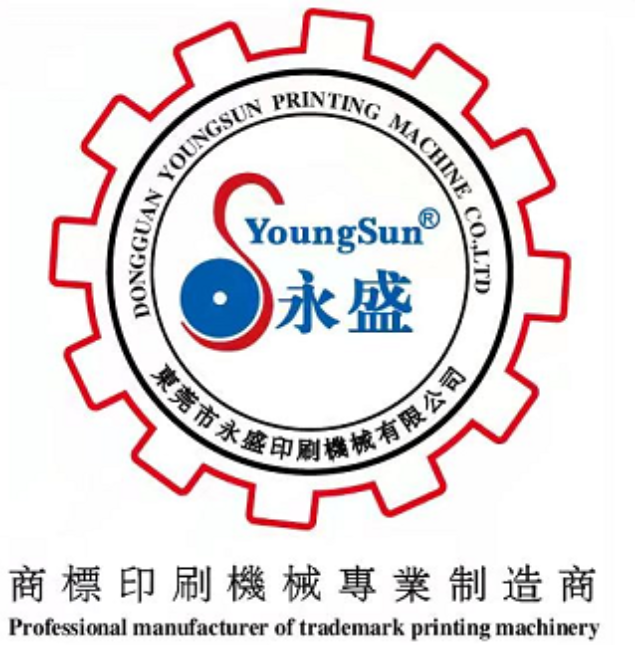
 EN
EN
 AR
AR
 CS
CS
 DA
DA
 NL
NL
 FI
FI
 FR
FR
 DE
DE
 EL
EL
 HI
HI
 IT
IT
 JA
JA
 KO
KO
 PL
PL
 PT
PT
 RO
RO
 RU
RU
 ES
ES
 SV
SV
 IW
IW
 ID
ID
 VI
VI
 SQ
SQ
 HU
HU
 MT
MT
 TH
TH
 TR
TR
 AF
AF
 GA
GA
 BN
BN
 BS
BS
 LO
LO
 LA
LA
 MI
MI
 MN
MN
 NE
NE
 MY
MY
 KK
KK
 UZ
UZ
 KY
KY
